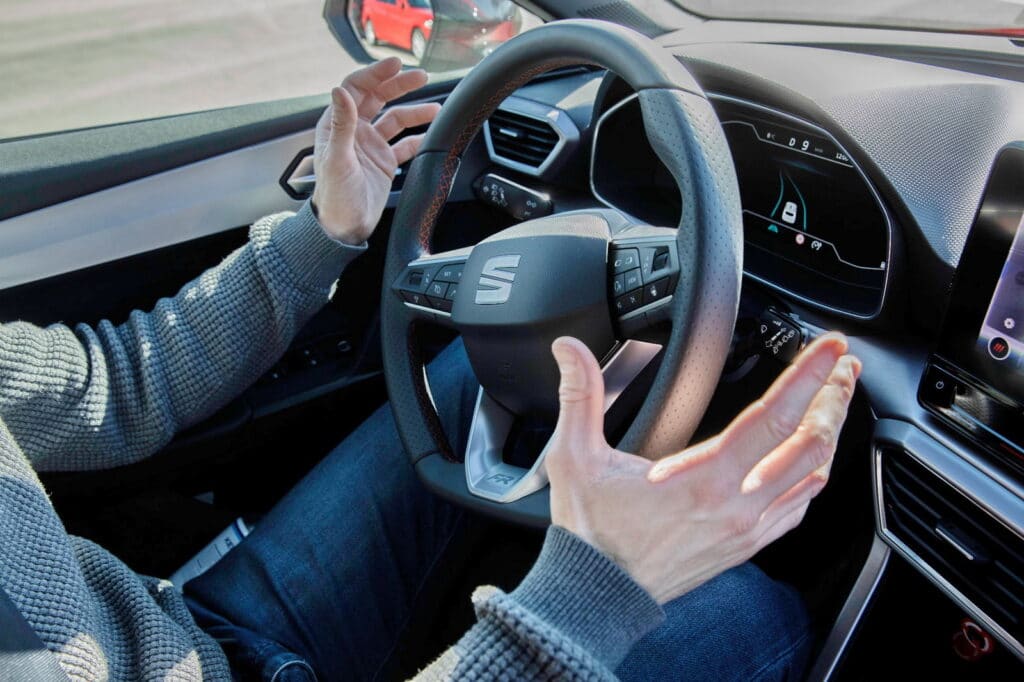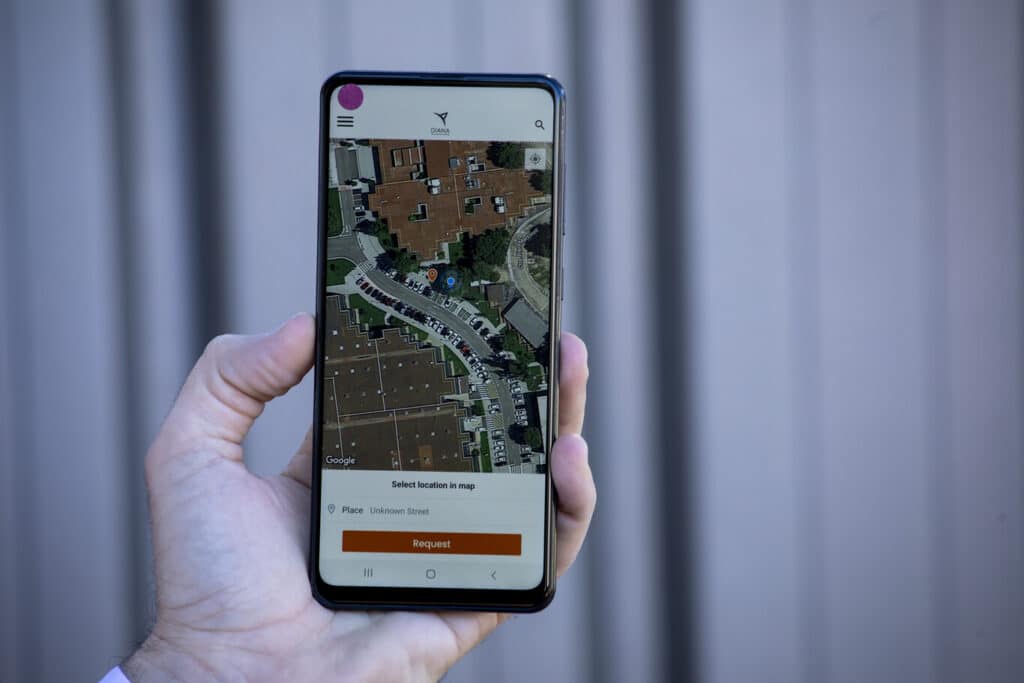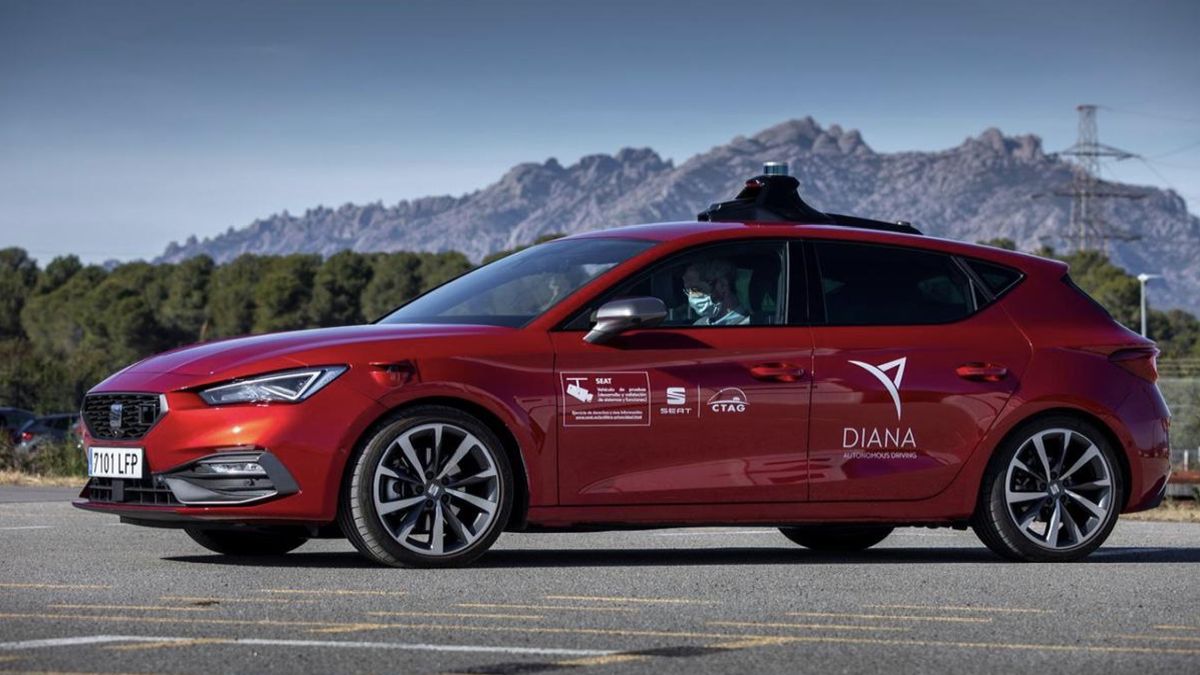SEAT has just presented a pilot project named after the Greek goddess “Diana” who “investigates the possibilities offered by the autonomous car for urban and smart mobility“. The Spanish brand joins Tesla and Mercedes which are currently the car manufacturers that are showing good progress in the development of autonomous driving systems. Now they will have to contend with too SEAT Diana, a prototype developed in collaboration with the Galician Automotive Technological Center (CTAG) within the SEAT SA Innova platform and which uses a SEAT Leon .This prototype it has a level 3 of autonomous driving and is able, among other things, to pick up a passenger and take him where he is instructed or to find parking in total autonomy.
The vehicle is equipped with five LIDAR sensors, five radars, six cameras, twelve ultrasounds and eight computers or control units that give it a vision a 360 degrees of what is around him. These elements generate a large amount of data that is processed in milliseconds and sent to a module that processes it.
Thanks to the technology it is equipped with, as explained in SEAT, “the car knows at all times where it is positioned and what obstacles there are in its environment; he is also able to decide where he should go and perform himself actions on the steering wheel, brakes, accelerator and gear change“.
SEAT Diana becomes your personal chauffeur
The SEAT Diana prototype has three functions that can undoubtedly be defined as very interesting. The first, called “Autonomous Chauffeur”, comes into operation (if the driver wants it) in traffic situations a low speed, and in this specific case the system takes control to carry out start and stop maneuvers. The second option is “Automated Valet Parking”, which you can enable for find a free space and park correctly without pilot intervention.

Finally, here is “Summoning”, which works through an application that manages user requests that can even ask to be picked up at a specific point and be taken to a chosen destination. When the car reaches the collection point set by the user, the doors unlock and the turn signals indicate that the vehicle is stationary.
Once the user is in the car and has closed the door, it is locked again. Once this is done, the car signals the start and resumes movement, heading towards the destination chosen by the driver. In the event of an obstacle on the road or a pedestrian, the car is able to detect it quickly and brake accordingly .
For the moment Diana has been tested both at the SEAT SA plants in Martorell in a closed and controlled urban circuit. It has achieved a level 3 autonomous driving classification on the Advanced Driving Assistance Systems (ADAS) scale, ranging from 0 to 5, but the brand will continue to work on its development “to ensure that the system is 100% safe. “.

Currently the most advanced vehicles in this type of systems have a level 2 of autonomous driving, Including Tesla. In fact, the driver is still the one who controls the driving, but the system can adjust the direction and speed, always under the supervision of the driver.
The few exceptions are found in the 2020 Honda Legend (sold exclusively in the Japanese market) and, more recently, in the Mercedes-Benz S-Class and in the super luxurious EQS, which, however, are currently approved for traveling with level 3 autonomous driving only on the motorway network in Germany and when traffic does not allow a maximum speed of 60 km / h to be exceeded.
















Leave a Reply
View Comments